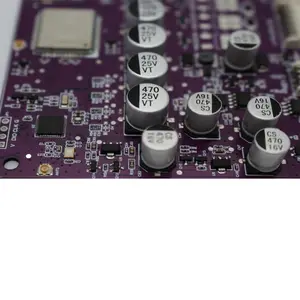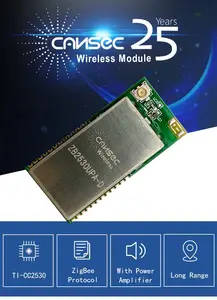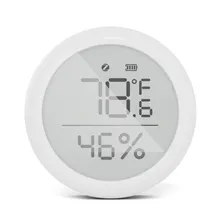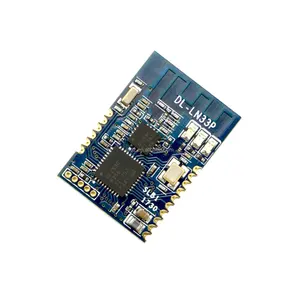Zigbee Transceiver Overview
Zigbee transceivers form a cornerstone in the realm of wireless communication, enabling devices to exchange data over short distances. Leveraging the Zigbee protocol, these transceivers are integral to creating efficient, low-power networks. Their application spans various domains, from home automation to industrial control systems.
Types and Applications
There are multiple types of Zigbee transceivers, each designed to cater to specific applications. Some are optimized for minimal power consumption for battery-operated devices, while others prioritize data throughput for more demanding tasks. Common applications include smart home devices, remote controls, and energy management systems.
Technical Features
A typical Zigbee module operates in the 2.4 GHz frequency band, ensuring global usability. These modules are known for their extended range capabilities, mesh networking features, and ability to support multiple network topologies such as point-to-point and point-to-multipoint configurations.
Material and Construction
The construction of a Zigbee RF module involves various materials, including a PCB, integrated circuits, and an antenna. The choice of materials impacts the module's durability and performance, with some designed for rugged industrial environments.
Advantages of Zigbee Transceivers
The advantages of using Zigbee technology are manifold. They offer low power consumption, which is crucial for devices that need to operate for extended periods on battery power. Additionally, the inherent security features of Zigbee protocol ensure secure communication, which is paramount in today's interconnected world.
Choosing the Right Zigbee Transceiver
Selecting the appropriate wireless Zigbee transceiver requires an understanding of the specific needs of your application. Factors such as range, data rate, and power consumption should be considered. It's essential to evaluate the compatibility of the transceiver with other devices in your network to ensure seamless integration.










































 浙公网安备 33010002000092号
浙公网安备 33010002000092号 浙B2-20120091-4
浙B2-20120091-4